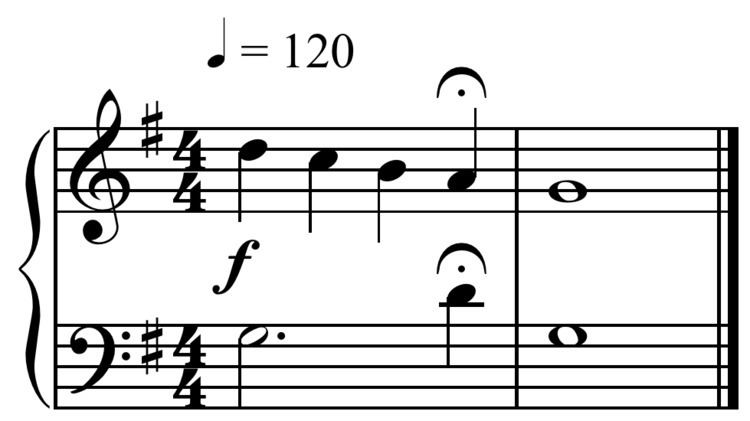 | ||
B a p fermata han rom eng color coded lyrics
A fermata [ferˈmaːta] (also known as a hold, pause, colloquially a birdseye or cyclops eye, or as a grand pause when placed on a note or a rest) is a symbol of musical notation indicating that the note should be prolonged beyond its normal duration or note value would indicate. Exactly how much longer it is held is up to the discretion of the performer or conductor, but twice as long is common. It is usually printed above but can be occasionally below (when it is upside down) the note to be extended.
Contents
- B a p fermata han rom eng color coded lyrics
- Fermata huascaran 1977 full album
- History and use
- References
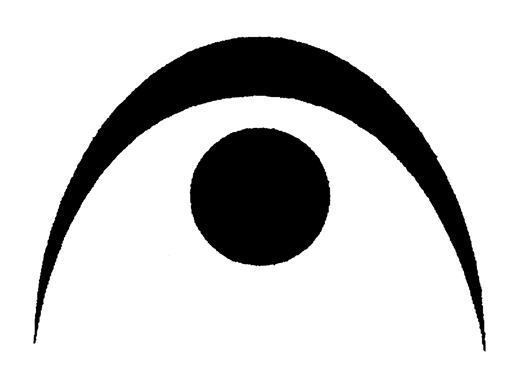
When a fermata is placed over a bar or double-bar, it is used to indicate the end of a phrase or section of a work. In a concerto, it indicates the point at which the soloist is to play a cadenza.
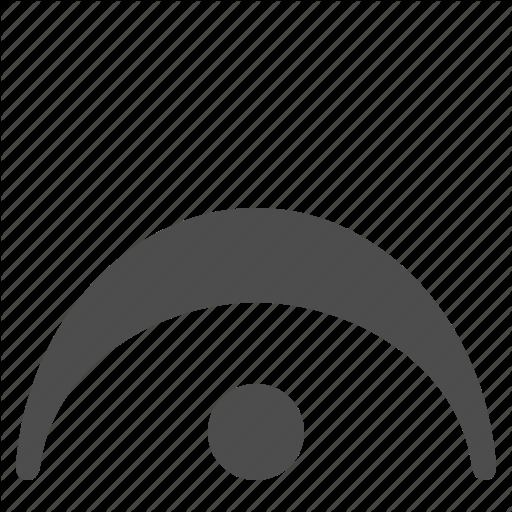
A fermata can occur at the end of a piece (or movement) or in the middle of a piece. It can be followed by either a brief rest or more notes.

Other names for a fermata are corona (Italian), point d'orgue (French), Fermate (German), and calderón (Spanish).
Fermata huascaran 1977 full album
History and use
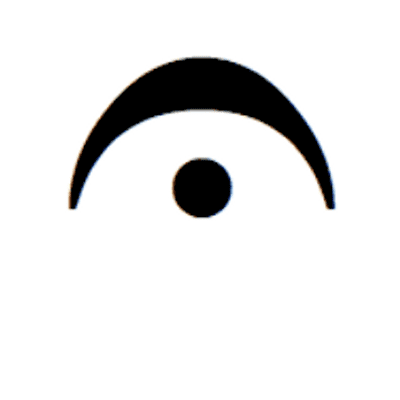
This symbol appears as early as the 15th century. It is quite common in the works of Guillaume Dufay and Josquin des Prez.
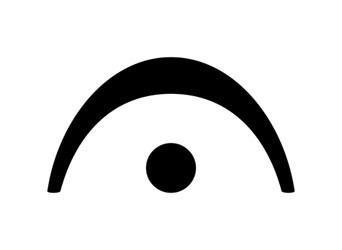
In chorales by Johann Sebastian Bach and other composers of the Baroque, the fermata often signifies only the end of a phrase, and a breath is to be taken. In a few organ compositions, the fermatas occur in different measures for the right and left hands and for the feet, which would make holding them impractical.
In the classical and baroque eras, fermatas were usually points at which performers were expected to improvise cadenzas commensurate with its place in the score: in the middle of a movement required short cadenzas, over a I6
4 and it implied the kind of cadenzas we associate with the ending of concerto movements.
The word lunga (shortened form of the Italian lunga pausa, meaning "long pause") is sometimes added above a fermata to indicate a longer duration, the length of which is at the discretion of the performer rather than note values.
Some modern composers (including Francis Poulenc, Krzysztof Penderecki, and Luigi Nono) have expanded the symbol's usage to indicate approximate duration, incorporating fermatas of different sizes, square- and triangle-shaped fermatas, and so on to indicate holds of different lengths. However, that is not standard usage.
